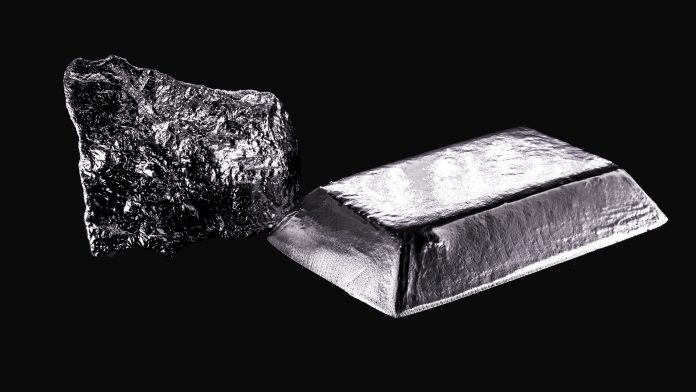Scandium Canada Ltd. has announced the signing of a significant Pre-Development Agreement with the Naskapi Nation of Kawawachikamach regarding its Crater Lake scandium and rare earth project in Québec, Canada.
This milestone agreement paves the way for pre-development activities on the Crater Lake project’s property, highlighting a collaborative effort between the company and the indigenous community.
CEO Guy Bourassa commented: “I am very glad that we have been able to come to this initial Agreement in a positive and timely manner, clearly confirming our mutual interest in the development of the Crater Lake Project in respect of the parties’ benefit and coexistence on the territory. We are excited and are looking forward to the next season of activities at Crater Lake.”
Mutually respectful relationships established
The Agreement fosters a mutually respectful relationship between Scandium Canada and the Naskapi Nation concerning all pre-development activities related to the Crater Lake project.
Recognising the Naskapi Nation’s inherent aboriginal and treaty rights over certain territories within the project area, the Agreement sets the foundation for collaborative communication and consultation to ensure mutual benefit while acknowledging the importance of the environment and traditional territory.
Scandium Canada commits to including all interested parties in discussions regarding its pre-development activities. This inclusive approach demonstrates the company’s commitment to engaging with stakeholders and addressing community concerns throughout the project’s lifecycle.
While the Pre-Development Agreement focuses on early-stage activities, it is essential to note that the construction, operation, and decommissioning of any mine or related facility will be addressed in a separate Socio-Economic Participation Agreement (SEPA), also known as an Impact and Benefit Agreement (IBA).
This Agreement will be negotiated and concluded before Scandium Canada proceeds with potential mine implementation and authorisation.
Crater Lake project overview
The Crater Lake project stands as one of the largest primary scandium projects globally. With an NI 43-101 compliant Preliminary Economic Assessment (PEA) completed in 2022 and ongoing work towards a pre-feasibility study, the project holds significant promise for the region.
Situated in northern Québec, approximately 200 km Northeast of Schefferville and 400 km south of Kuujjuaq, the project’s location is strategically positioned for development.

Naskapi Chief Theresa Chemaganish added: “Our Nation has a long history with mining activity which has left scars on our land and on our hearts.
“Until recently, mining exploration was conducted with minimal respect for our rights, despite the fact that our ancestors have occupied Nuchimiyuschiiy, our traditional territory, for millennia, alongside our Innu, Cree, Inuit and more recently, non-Indigenous neighbours.
“The Pre‑Development Agreement between the Naskapi Nation and Scandium Canada demonstrates that reciprocity is a core value and is reflected in their intent to include the Naskapi Nation in all steps of the development of the project while also offering the Naskapi Nation the opportunity to determine if the project will go ahead. That is the true spirit of partnership, where both parties plan, decide and benefit together.”
The signing of the Pre-Development Agreement between Scandium Canada and the Naskapi Nation marks a significant step forward for the Crater Lake project.
With a focus on mutual respect, collaboration, and environmental stewardship, this Agreement sets a positive precedent for responsible resource development in Canada.
As discussions continue, all stakeholders remain engaged in shaping the project’s future in a manner that benefits both the community and the company.








